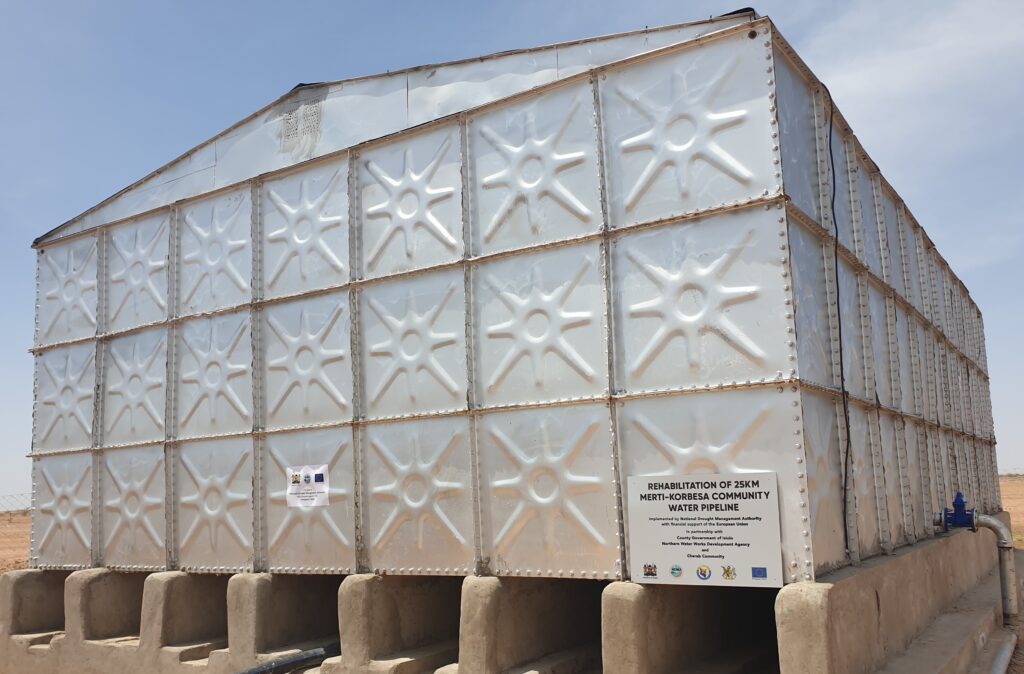Proposed Drought Resilience Projects 2023/2024 FY


Proposed Drought Resilience Projects Under the National Drought Emergency Fund (NDEF) 2023/2024 FY
Latest News

Impact of 2023 Short Rains Season on Food and Nutrition Security in ASAL Counties
The food security situation in the 23 arid and semi-arid (ASAL) counties has improved based on findings of an ...
Click here to visit Drought Risk Management Knowledge Web
Reports


National monthly drought updates
National Monthly Drought Update – April 2024

National monthly drought updates
National Monthly Drought Update- March 2024

National monthly drought updates
National Monthly Drought Update – February 2024
Success Stories

Partner Projects

Hunger Safety Net Programme
The Hunger Safety Net Programme (HSNP) is an unconditional Government cash transfer programme implemented by the National Drought Management Authority (NDMA) in eight poorest and arid counties, namely; Turkana, Wajir, Mandera, Marsabit, Garissa, Tana River, Isiolo, and Samburu.
Dryland Climate Action for Community Drought Resilience
The European Union has provided an additional EUR 13 million, about KSh 1.69 billion, as part of continued support towards enhancing resilience of communities in arid and semi-arid lands (ASALs) to drought and other effects of climate change.
TWENDE
Towards Ending Drought Emergencies: Ecosystem Based Adaptation in Kenya’s Arid and Semi-Arid Rangelands. Increasing the resilience of the livestock and other land-use sectors through restored and effectively governed rangeland ecosystems in Kenya’s arid and semi-arid lands
UNDP
The United Nations Development Programme (UNDP) works towards strengthening the resilience of communities affected by climate change risks and disasters through a number of projects implemented by the National Drought Management Authority (NDMA).








